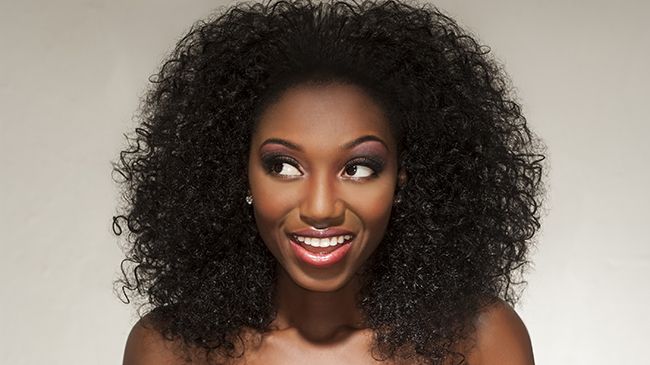Protective styles like wigs and weaves are quite popular. They are loved, recommended by many, and can give you more variety with more length and fullness without compromising the health of your tresses. Now, in all fairness, when this natural hair movement got underway a few years ago, protective styles meant tucking your ends in updos or the like, also known as low manipulation styles. We all want ease when it comes to our hair. It is more work than it should be on most fronts, but as naturals we know there are some drawbacks in the time consumed area for our tresses. So, it makes perfect sense why a natural would want to slap on a wig or get a weave installed so she can worry less about her hair and still look fab. The problem is that your hair underneath needs the same care it needed without the extensions or wig. Forgotten tresses will turn into damaged tresses so to ensure your protective style stays protective, here are a few tips to be mindful of.
Regular cleansing and conditioning is a must
If you normally wash your own hair every week or every other week, wearing a wig or weave will not or should not change that. If you are wearing a wig then take it off and wash hair as usual. If you are wearing a weave you still need to cleanse your hair regularly. Using an applicator bottle with a pointed tip to apply the shampoo directly to your scalp. Diluting the shampoo in the applicator bottle will allow you to remove it easier. Gently massage with fingertips to effectively cleanse your scalp and hair and smooth the shampoo down the extensions. In order to prevent matting and tangling, do not rub the hair in a circular motion.
Conditioning is just as important as cleansing, so do not skip this step! If getting to your hair is difficult then you can add conditioner to another pointed tip applicator bottle to ensure all of your hair receives the conditioner. To avoid tangles wash in the shower or sitting straight up in the tub. Being bent over the kitchen sink and having the hair over your head can allow tangles to occur in the weave hair. I use this method for washing my own hair to keep tangles at bay.
Natural oils are still necessary
After the cleansing and conditioning you need to seal in the moisture with an oil. Some naturals like to oil their scalp, so if you prescribe to that then place a few drops of your favorite natural oil on your fingertips and run them along your scalp in between the weave tracks. Massage the oil into your scalp, hair, and even the wig or weave if it is human hair. If you are wearing synthetic hair you may need to be more careful as it will not need it.
Allow your hair to properly dry prior to wearing the wig after cleansing your own tresses. You do not want to harbor a breeding ground for mold by keeping your hair damp under that wig. Allow your hair to properly dry after cleansing your hair or weave before adding hair accessories like headbands, hats, or scarves.
Do not neglect the wig or weave
They need to be cleansed and conditioned as well. Human hair can and should be treated just like your own hair so it needs to be cleansed and conditioned. For synthetic wigs or weave hair you should consult the manufactures instructions on cleansing to keep it clean and looking good for the duration of the style.
Avoid having hair bunched up under a wig
Bunched hair tangles and causes breakage. Keep hair braided or wrapped neatly and worry more about being gentle to your hair than how flat the twist are under the wig.
Choose a wig that allows your hair to breath
A wig with netting allows your hair to receive some air without the pollutants so you get the best of both worlds. Make sure to use a silk wig cap in order to knot dry your hair out.
Remove weave after 6-8 weeks
Keeping it in longer can lead to locking of your hair, the weave, or both.
Give hair a break in between applications of added hair
Your hair needs a break from the wigs and weaves, so removing your sew-in, washing your hair, and immediately installing another sew-in is not giving your hair enough time to breathe and enjoy the lack of tension. Tasha Swearingen says, “The time you’ll need to do without a sew-in really just depends on how your hair reacts, which you won’t know until you take it out. If you have a lot of breakage after you’ve taken out the sew-in, you might consider leaving it out for a few weeks while you work to replenish the moisture your hair needs.”

